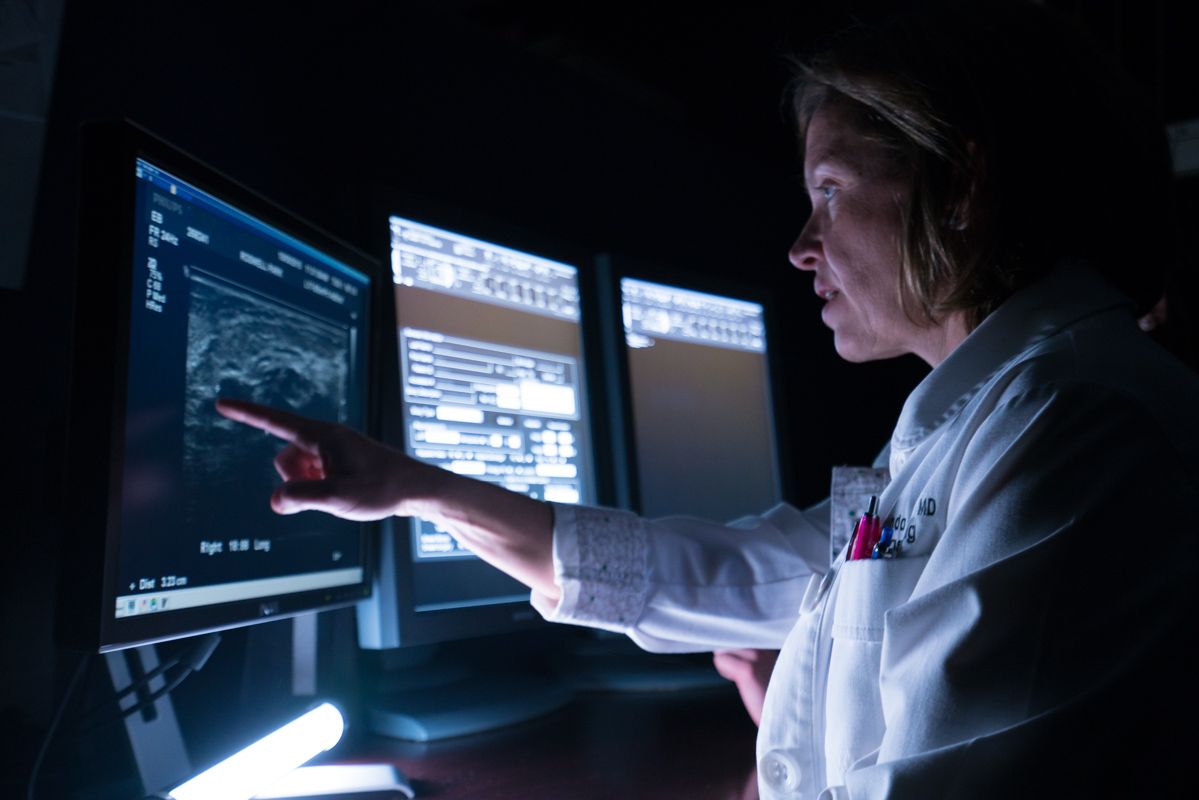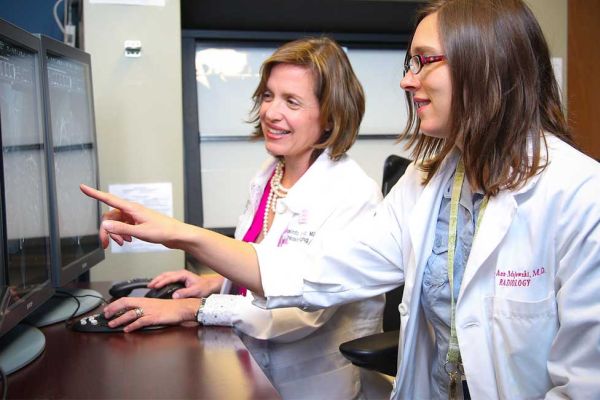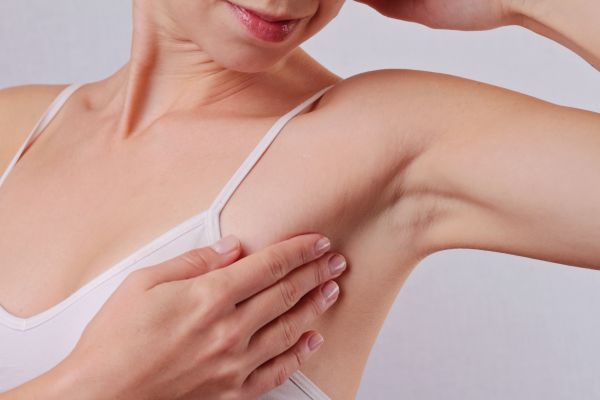You may have heard about a technology called 3D mammography. When we relocated to the Scott Bieler Clinical Sciences Center, the Breast Imaging Center at Roswell Park converted to 3D mammography technology. I would like to explain why we thought this was an important investment.
What is 3D mammography?
Three-dimensional (3D) mammography, also known as digital breast tomosynthesis, is the latest mammogram technology being used for breast cancer screening.
How does 3D mammography work?
A 3D scan takes a series of x-rays of the breast from different angles and then creates a 3-dimensional image of the breast. The breast is positioned and compressed in the same way as a conventional mammogram. Studies show that this technology increases the detection of invasive breast cancers. Tomosynthesis has also been shown to decrease the recall rate – the number of women who need additional mammogram views to evaluate a possible abnormality.
Who should have a 3D scan?
All women who have a screening mammogram benefit from tomosynthesis. However, women with dense breast tissue are likely to benefit the most. Dense breast tissue means a woman has more glandular tissue compared to fatty tissue. On a mammogram, glandular tissue appears white, while fatty tissue appears gray. However, cancer is also white on a mammogram. Since the radiologist is able to view the breast as thin slices, a 3D mammogram can better differentiate a cancer from overlying glandular tissue, increasing cancer detection and decreasing chances of a “false positive.”
What about women who are at high risk?
We recommend that women at high risk for developing breast cancer – due to personal or family history of breast or ovarian cancer, a known genetic mutation, or prior chest radiation treatment – have a comprehensive risk assessment. Our team will provide a personalized surveillance and prevention plan, which may include enhanced screening (breast MRI in addition to 3D mammography), and potentially genetic counseling and testing. Not sure if you’re high risk? Call 1-800-ROSWELL (1-800-767-9355) or fill out the online assessment form.
Is 3D mammography better than 2D?
Yes, 3D mammography has higher cancer detection rates. While it is not a silver bullet (there are still some breast cancers we do not find with 3D mammograms), it is a definite improvement over 2D. 3D mammography also has a lower recall rate, meaning that fewer women need to return for additional images.
What do women need to know about mammography?
Women age 40 and older should have an annual mammogram, regardless of whether it’s 2D or 3D. Mammography is the only test that has been shown in multiple studies to lower a woman’s risk of dying from breast cancer. Annual screening mammography beginning at age 40 saves the most lives.
Does 3D mammography have a higher radiation dose than 2D mammography?
If you have a 3D mammogram in combination with a 2D mammogram, the radiation dose is doubled but still lower than FDA's safety limit for a yearly mammogram. A synthesized 2D view can be created from the 3D data, which then eliminates the need for the 2D mammogram. When the synthesized view is used, the radiation dose of the 3D mammogram is essentially the same as a conventional 2D study. Multiple studies have confirmed that there is no significant difference in our ability to find cancers when a synthesized 2D mammogram is used. At Roswell Park, we obtain a standard 2D mammogram when the patient has her first 3D study with us to better compare with the prior mammograms. In the subsequent years, we use the synthesized views only.



